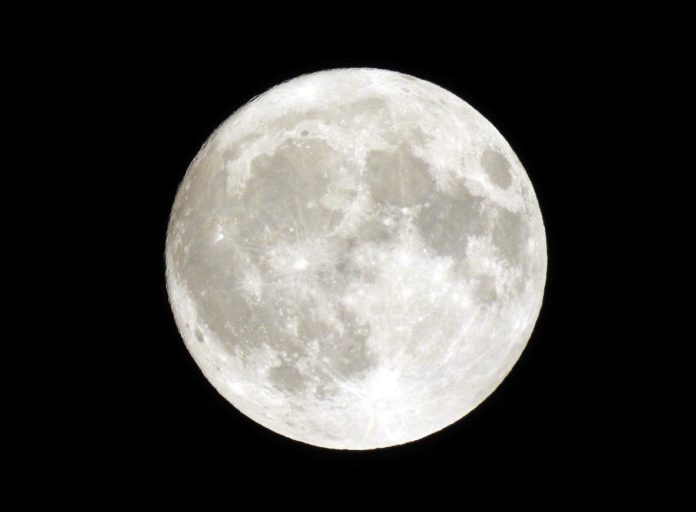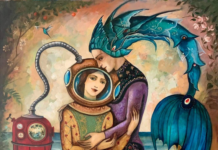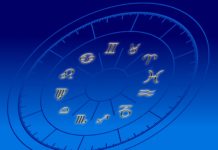Did you know there’s a specific name for the full moon during the month of June? It’s usually called the Strawberry Moon — a time when the wild strawberries ripen. It’s also called the Rose Moon, the Hot Moon and the Mead Moon. (We think the last pertains to beer, or at least we like to think so.) Look for the big orb in the sky tonight, June 28. Or, if you missed it, then on July 27.
“The Moonlight Sonata,” by Ludwig von Beethoven, is probably the most widely recognized classical work associated with the full moon. The name comes not from the composer but from a critic who compared the piece to the effect of moonlight on Lake Lucerne.
Sidereal Month vs. Synodic Month
The Moon’s sidereal orbital period (the sidereal month) is about 27.3 days; this is the time interval that the Moon takes to orbit 360° around the Earth relative to the “fixed” stars. The period of the lunar phases (the synodic month), e.g. the full moon to full moon period, is longer at about 29.5 days.
Let the beatings continue
At the Bethlehem (or Bedlam) Hospital in London, inmates were chained and flogged at certain phases of the moon “to prevent violence.” This barbarous practice was abolished only in 1808 through the efforts of John Haslam, the hospital’s apothecary.
Newlywed vacations
The honeymoon is named after the full moon in June. As it fell between the planting and harvesting of crops this was traditionally the best month to get married.
The phases
There are eight phases of the moon, which succeed each other with a periodicity of 3.69 days: new, waxing crescent, first quarter, waxing gibbous, full, waning gibbous, last quarter, waning crescent.
A gibbous moon
This is one of the phases. It means having the observable illuminated part greater than a semicircle and less than a circle.
Lucky
The full moon is considered unlucky if it occurs on Sunday but lucky if it occurs on Monday. In fact, the name of Monday is derived from Old English “Mōnandæg” and Middle English “Monenday,” which means “moon day.”
Blue moon
The second full moon occurring within a calendar month is called a Blue Moon. The latest was seen on May 31, 2007. Far from being a rare event this phenomenon occurs once every three years on average.
What do you see?
In China, the dark shadows forming the “man in the moon” are seen as a toad. Older European lore characterizes it as a man carrying a wide burden on his back. The face, or rabbit, or woman’s head, neck and torso, are formed by the smooth and rough terrain that appear light and dark.
$50,800
For the same price as a 2018 Ford Mustang GT, you could acquire a gram of moon rock. If it was legal. If you try to buy or sell moon rock (that is likely fake), you will be arrested by undercover agents. It’s estimated that astronauts have collected 842 pounds of moon rock that has been transported back to Earth. Also not legal is the new street drug called “moon rock” which is apparently uncut ecstasy.
Wait. What?
The moon is actually egg-shaped. But from our planet’s vantage point, the moon appears to be a perfectly round sphere. It’s the result of the ongoing gravitational tug-of-war between it and Earth, according to NASA. The Earth and moon’s egg “ends” are pointing at one another.
Nursery Rhyme
I see the moon, the moon sees me
The moon sees somebody I want to see
God bless the moon and God bless me
And God bless the somebody I want to see.
Neap tides
These special tides happen when the moon is full or new, the gravitational pull of the moon and sun are combined. At these times, the high tides are very high and the low tides are very low. … They occur when the Earth, the Sun, and the Moon are in a line.
Doggone crazy
The chances of being bitten by a dog are twice as high during a full moon, according to a study at Bradford Royal Infirmary, which reviewed 1,621 cases of dog bite between 1997 and 1999. However, a study at the University of Sydney in Australia concluded there was no identifiable relationship between the state of the moon and dog bites.
12
To date, just 12 humans have marched on the moon.


























